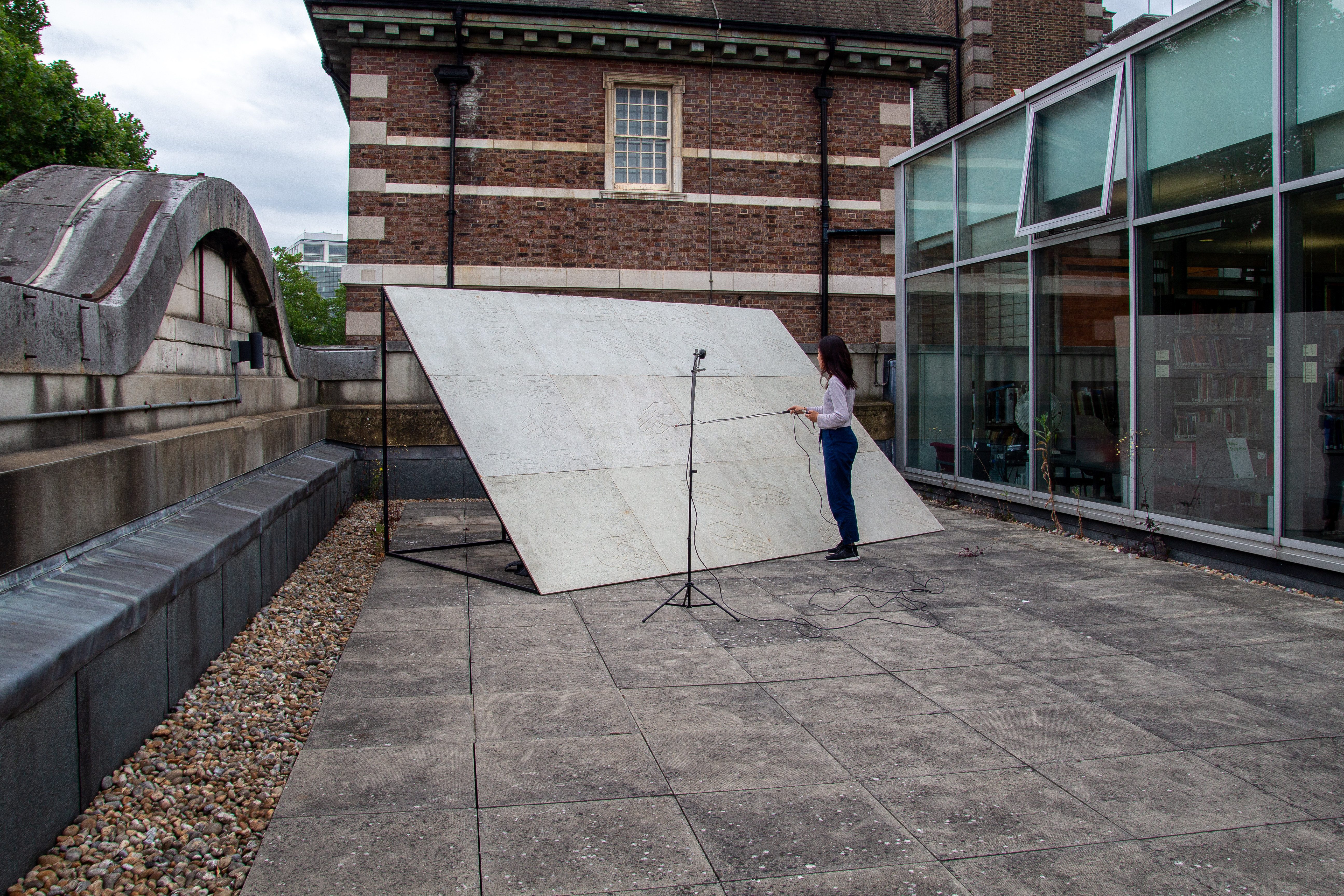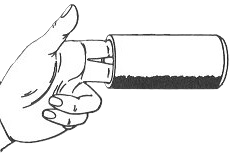Planar Transmissions: segment of a trace, 2018
steel bar, wooden panel, pulp, yaggi antenna, HAM radio, phonograph cartridge, phonograph pre-amplifier, audio amplifier
4210 x 2000 x 2000 mm
to listen

From the library terrace, daily broadcast sessions were carried out using a yagi antenna and a HAM amateur operator radio set. The microphone was fashioned with a cartridge needle, to pick up the surface of pulp panels.
The location of the broadcast was transcribed in binary code, allowing two states in form: an absence in mark, and the existence of one. Both the gaps in between and the grooves became a signifier and an occupation of place.
The needle became a scribe that manifested the past through a form of re-tracing, as it dragged along the contours of the surface. The signal from the needle was then broadcasted through an antenna, suspending embedded pulp into electromagnetic radio waves. The transmission was carried out through 453.6875 MHz, allowing signal to travel past the ionosphere and into space.




The reverse film of the surface that was originally broadcasted with. The engraved symbols later embed itself onto the wet pulp after drying.
